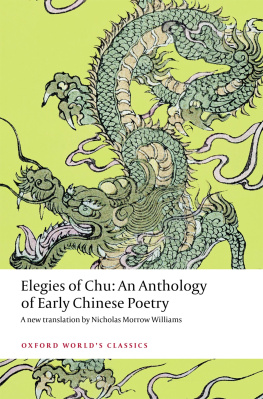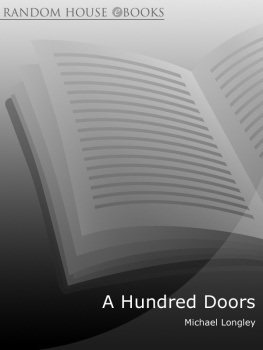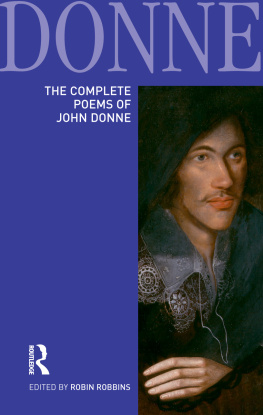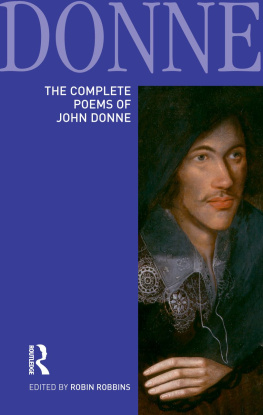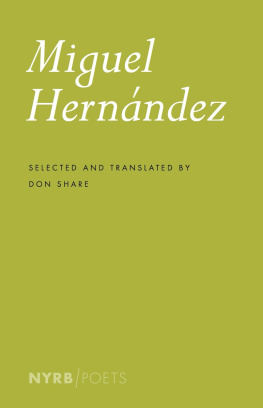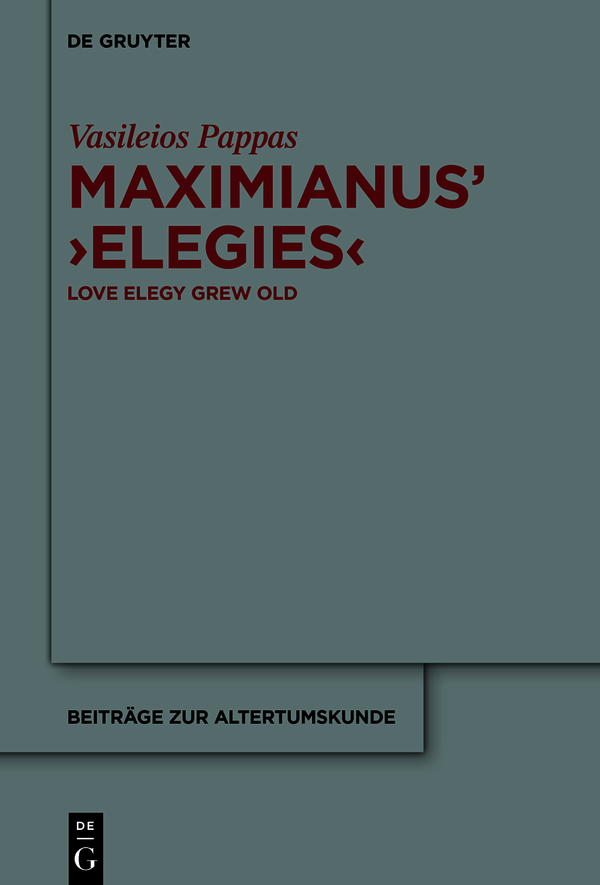The Deutsche Nationalbibliothek lists this publication in the Deutsche Nationalbibliografie; detailed bibliographic data are available on the Internet at http://dnb.dnb.de.
Recent years have witnessed a growing interest in the poetics of Late Antiquity. Specifically, in the case of Maximianus, we now have a number of modern commentaries and some individual papers that focus on various aspects of his Elegies. In terms of this revival of interest, the main aim of this book is to offer a metapoetic reading of Maximianus oeuvre a reading that concerns subjects such as the evolution of the genre of love elegy and Maximianus thoughts regarding its fate in his era, the middle of the sixth century AD. I would like to note that I did not include the poems of Appendix Maximiani in this study, as I agree with the widely accepted theory that they were not written by Maximianus. Some of the material included in this book has already been published (in Greek) as separate papers on the individual poems; however, it has been revised in light of new research and bibliographic data, and has been enriched and incorporated into a book exploring Maximianus poetics as a whole. Regarding the names of classical Greek and Roman authors and the titles of their works, I follow the abbreviations of The Oxford Classical Dictionary.
I would like to express my gratitude to the anonymous reviewers of the book for their comments and corrections, which significantly improved the first draft. A special debt of gratitude goes to Professor Evangelos Karakasis (Aristotle University of Thessaloniki) who gave me valuable advice, especially on theoretical subjects. I would also like to thank my colleagues at the University of Ioannina, and especially Professor Eleni Gasti and Associate Professor Photios Polymerakis, for the comments and feedback they offered me during our conversations on Maximianus, and the poetry of Late Antiquity in general. Many thanks are also due to De Gruyter Publishing House, which undertook the publication of this book. Last but not least, I would like to thank from my depths of my heart my wife, Sappho, and our two children, Eleni and Lampros, for their support and their love, but above all for their existence.
1.1 The Elegiac Genre in Late Antiquity
As is well-known, the discussion on Graeco-Roman genre theory began with two great thinkers from Antiquity, namely Aristotle and Horace. In his Poetics (1448a), Aristotle spoke for the notion of (decorum), i.e. the appropriateness that should characterize a genre. According to the Greek philosopher, each literary work must have an appropriate medium (prose or verse, metre, type of speech, etc.) and an appropriate subject matter (content, generic norms, etc.).
Cornelius Gallus, the auctor of the Roman love elegy, along with his precursor Catullus, established the main features of the genre: Latin elegies are brief poems, composed in the elegiac distich and featuring love as their content (with all its pains and failures). The strange thing about the classical elegiac genre is its very short period of flourishment (approximately forty years, i.e. from Tibullus to Ovids death), a negligible time period, in comparison to other genres. But what about Latin love elegy in Late Antiquity? This question has three components: a) the fate of late Latin elegy; b) that of late Latin love elegy; and c) that of late love poetry in general.
In the Oxford Classical Dictionary, we find the following for Latin elegiac poetry: After Ovid the [elegiac] metre was used chiefly for epigrams and short occasional poems (many examples in Anthologia Latina). The use of elegy for epigram reached a peak in the work of Martial, whose couplets can exceed Ovids in wit and technical virtuosity. The elegiac couplet is favoured by many late antique poets, including Ausonius and Claudian, but generally with no strong sense of linkage between metre and subject matter.
Regarding the elegiac metre and the metrics of Late Antiquity in general, we know that the main principle of classical metrics, the quantity of syllables, did not play an important role.
It seems that the elegiac genre was transformed during Late Antiquity into something new, in keeping with the period itself (which was an era of political, social, religious and cultural transformation),
But what about love elegy, or love poetry in general? As Green notes, in Late Antiquity [] there is plenty of love poetry, and there is plenty of poetry in the elegiac genre, but love elegy is notably scarce.
1.2 The Poet
Maximianus incorporates some information about his life within his Elegies. The most common title of his work is Elegiae, although in some manuscripts there is also the title Nugae (= trifles), a term that signifies a light poetic genre. Whatever the truth is, whether Maximianus was the real name of our poet or not, all scholars now call him Maximianus, by which they mean the last love elegist of Antiquity who lived in the sixth century AD and I underline this phrase because, as we will see below, the name of the author of Elegies was not a given at all, at least until the eighteenth century.
In Elegy 3, Maximianus informs us that the great philosopher Boethius (ca. 480524 or 525 AD) was his personal adviser for an amatory adventure of his (El. 3.48: solus, Boethi, fers miseratus opem, only you, Boethius, spared me and offered me your help), while in Elegy 5 he states that he was Etruscan by origin (El. 5.5: me [] Etruscae gentis alumnum, me, a descendant of the Etruscan tribe, and 40: succubui Tusca simplicitate senex, I succumbed, an old man with Tuscan simplicity). In Elegy 1 he writes that he was in Rome (El. 1.63: ibam per mediam [] Romam, I was walking in the center of Rome). These statements probably mean that Maximianus belonged to a high intellectual milieu of the era (i.e. Boethius circle), and that he was likely an Italian who lived in Rome.
Scholars have also discussed Maximianus religion. Some support that our poet was Christian,
Regarding the chronology of the composition of Maximianus oeuvre, we rely mainly on his testimonies in Elegies 3 and 5. In the first poem, Boethius, as an experienced praeceptor amoris, offers his advice to the young poet in order to win his beloved, Aquilina. If Boethius was older than Maximianus, this would allow us to define the date of the poem to at least before his imprisonment by Theodoric in 523/524 or 525 AD. However, if we consider that the narrator was then an old man and remembering this incident from his youth (El. 3.12: Nunc operae pretium est quaedam memorare iuventae | atque senectutis pauca referre meae, it is now worth telling something from my youth and mention little of my old age), we understand that the date of the poems composition is much later, i.e. in Maximianus old age.
1.3 The Intellectual Milieu
Undoubtedly, Maximianus is a doctus poeta. In his Elegies we observe the impact of a number of Latin poets (Plautus, Virgil, Horace, Ovid, Juvenal, Seneca, etc.), as well as several echoes from Christian literature. We must remember that, after all, our poet belonged to Boethius circle, and likely Theodorics court too.


